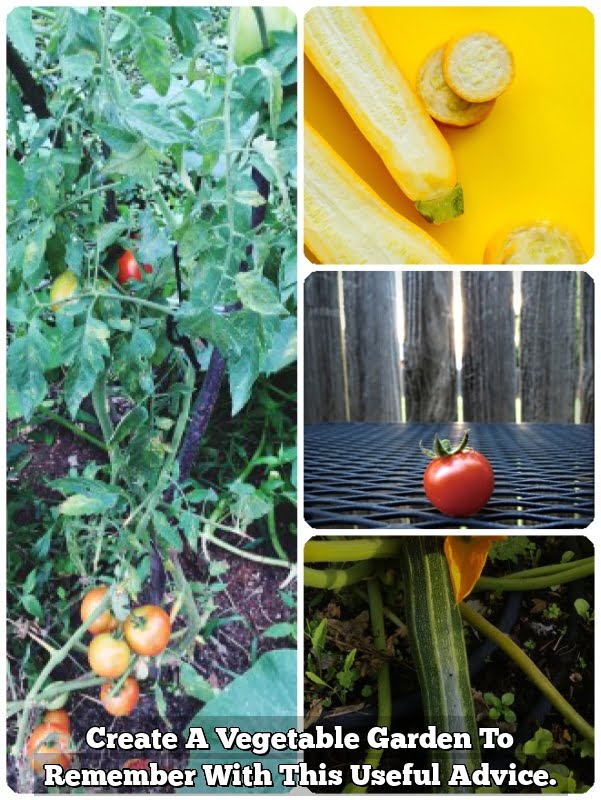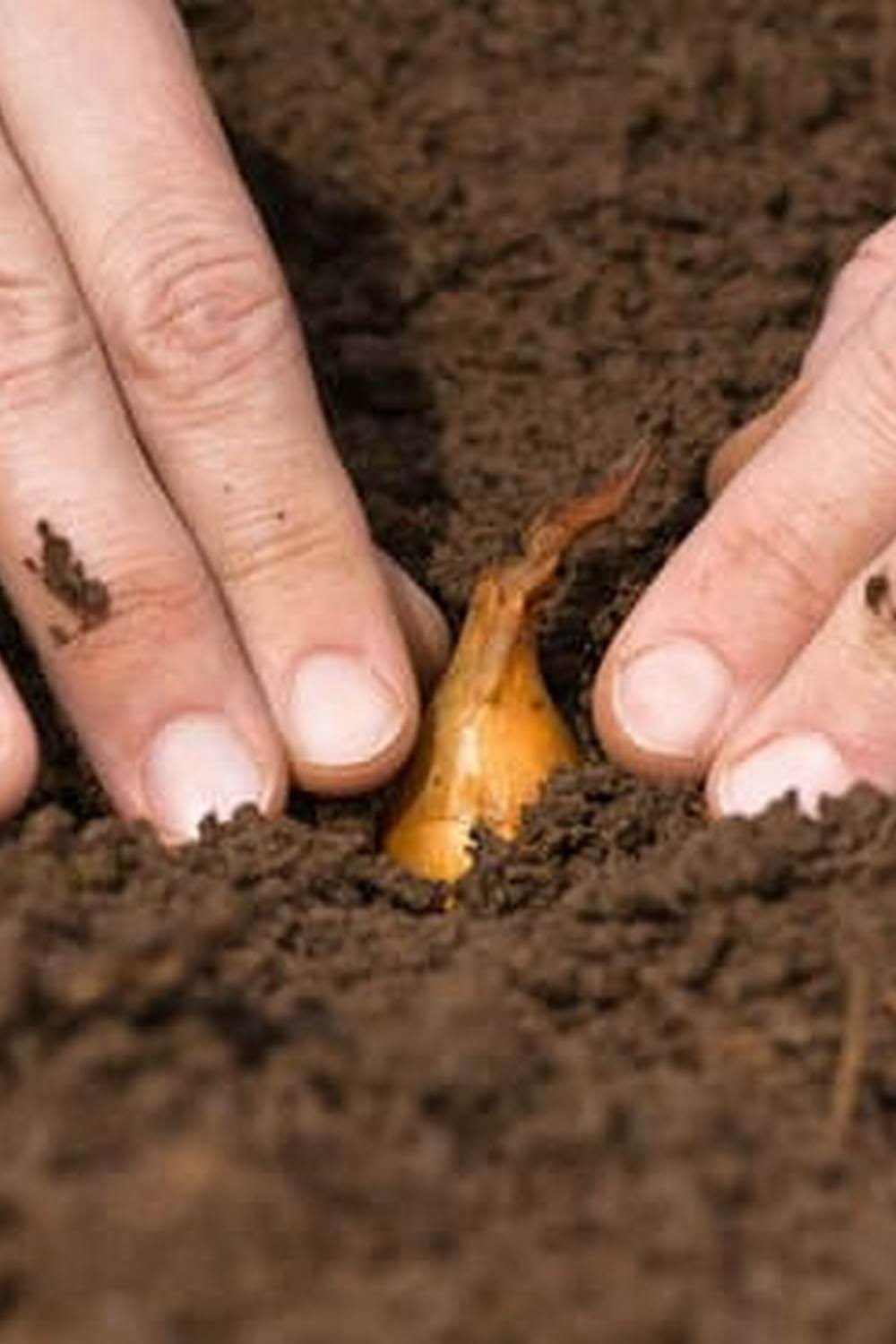How To Create A Raised Bed Vegetable Garden
A vegetable garden is the perfect way to get fresh, organic produce right in your own backyard. And, if you have a raised bed vegetable garden, it’s even easier!
A raised bed vegetable garden is a great way to garden if you have a small space, or if you want to garden in an area that doesn’t get a lot of sun. You can also use a raised bed to garden if the soil in your area is poor or if you have trouble with pests or weeds.
To make a raised bed vegetable garden, you’ll need some lumber, a saw, a drill, and some screws. The size of your raised bed will depend on the size of lumber you choose. I would recommend using lumber that is at least 2”x6”.
Once you have your lumber, you’ll need to decide on the shape of your raised bed. I would recommend a rectangular or square shape. You’ll also need to decide how tall you want your raised bed to be. I would recommend at least 12” high, but you can make it as high as you want.
Now it’s time to build your raised bed!
1. Cut your lumber to the desired size.
2. Drill holes in the lumber for screws.
3. Assemble the lumber using screws.
4. Add soil and plant your vegetables!
That’s it! It’s really that easy to make a raised bed vegetable garden.
How To Build An Elevated Vegetable Garden Bed
Building an elevated vegetable garden bed is a great way to improve drainage and soil quality, while also increasing your growing space. Elevated garden beds are also perfect for gardeners who have trouble bending down to garden on the ground level.
To build an elevated vegetable garden bed, you will need:
– A level surface to build on
– 2x4s or other lumber
– Outdoor screws or nails
– Saw
– Hammer
– Level
– Tape measure
– Shovel
– Soil
– Vegetables or flowers to plant
1. Decide on the size and shape of your elevated garden bed. You can make it any size you like, but for ease of construction, it is best to keep the dimensions relatively small – 4×4 or 4×8 feet is a good size. You can also make your bed in any shape you like, but a simple rectangle or square is the easiest to build.
2. Cut your lumber to the desired dimensions. If you are using 2x4s, each board should be cut to 8 feet in length.
3. Using screws or nails, build the frame of your elevated garden bed. Make sure the boards are level and square, and that the corners are securely attached.
4. Once the frame is complete, fill it with soil. Shovel in a layer of soil, then pack it down with your hands. Add more soil and pack it down again, until the frame is full.
5. Plant your vegetables or flowers in the soil and enjoy your elevated garden bed!
Raised Vegetable Garden Bed Prevent Dogs
From Digging
There are a few ways to keep your dog from digging in your raised vegetable garden bed. One way is to put chicken wire or a similar material around the bed. Another way is to put a fence around the bed. A third way is to put a concrete border around the bed.
Mulch For Raised Bed Vegetable Garden
Mulch is an important part of vegetable gardening. It helps to conserve moisture, reduce weeds, and improve the soil. When choosing mulch for a raised bed vegetable garden, there are several factors to consider.
The first consideration is the type of mulch. There are many types of mulch available, including organic and inorganic materials. Organic mulches, such as bark, compost, or leaves, are made from natural materials. Inorganic mulches, such as gravel or plastic, are made from man-made materials.
Organic mulches are better for the soil than inorganic mulches. They break down over time, which helps to improve the soil quality. Inorganic mulches do not break down, so they do not improve the soil quality. However, inorganic mulches are less likely to attract pests and diseases.
The second consideration is the color of the mulch. Some mulches, such as black plastic, are darker in color and can help to warm the soil. Other mulches, such as straw, are lighter in color and can help to cool the soil.
The third consideration is the size of the mulch. Some mulches, such as bark, are larger in size and can help to suppress weeds. Other mulches, such as straw, are smaller in size and cannot suppress weeds as well.
The fourth consideration is the price of the mulch. Some mulches, such as bark, are more expensive than other mulches. Other mulches, such as straw, are less expensive.
The fifth consideration is the availability of the mulch. Some mulches, such as bark, are not as readily available as other mulches. Other mulches, such as straw, are more readily available.
When choosing mulch for a raised bed vegetable garden, it is important to consider the type of mulch, the color of the mulch, the size of the mulch, the price of the mulch, and the availability of the mulch.
Maintaining A Raised Bed Vegetable Garden
A raised bed vegetable garden is a great way to get started in vegetable gardening, especially if you don’t have a lot of space. A raised bed is simply a bed that is raised up off the ground, making it easier to work in and keeping the soil warmer and drier.
To build a raised bed, you’ll need some lumber (2x4s or 2x6s work well), a drill, a saw, and some screws or nails. The size of your raised bed will depend on the size of lumber you use and how high you want to raise it. A standard raised bed is 4 feet wide by 8 feet long, but you can make it any size you like.
Once you have your lumber, the first step is to build the frame. Cut the boards to the desired size and then drill screws or nails into the corners to hold them together. If you’re using a treated lumber, you’ll also need to apply a sealant to protect the wood from the elements.
Once the frame is built, it’s time to fill it with soil. You can either buy soil from a garden center or make your own by combining equal parts of sand, topsoil, and compost. Add water until the soil is wet but not muddy, and then fill the frame.
Next, add your plants. Start by adding the larger plants in the back of the bed and then work your way to the front, adding smaller plants as you go. Make sure to space the plants evenly and don’t forget to add a few herbs for seasoning.
Finally, add a layer of mulch to the top of the soil to help keep it moist and protect the plants from the elements. Straw, leaves, or bark chips work well for mulch.
That’s it! Your raised bed vegetable garden is now ready for planting.

If you’re looking to get into vegetable gardening, or are just looking for some tips on how to make your current garden better, then you’ve come to the right place! My name is Ethel and I have been gardening for years. In this blog, I’m going to share with you some of my best tips on how to create a successful vegetable garden.





